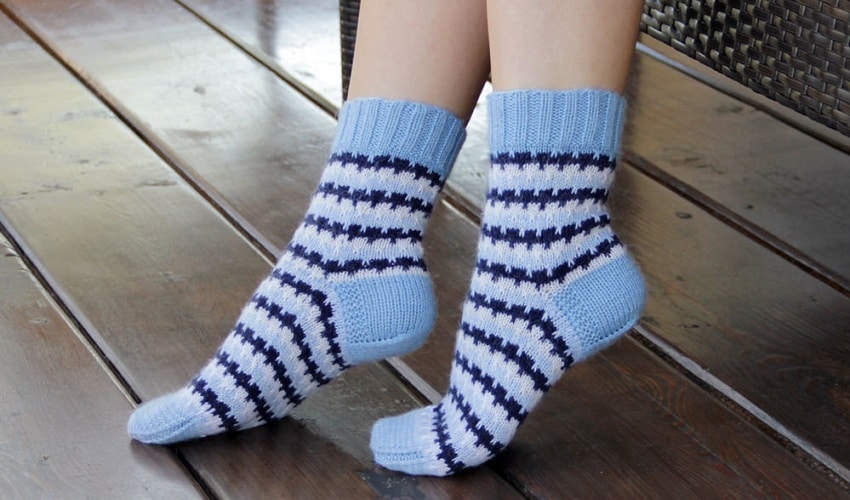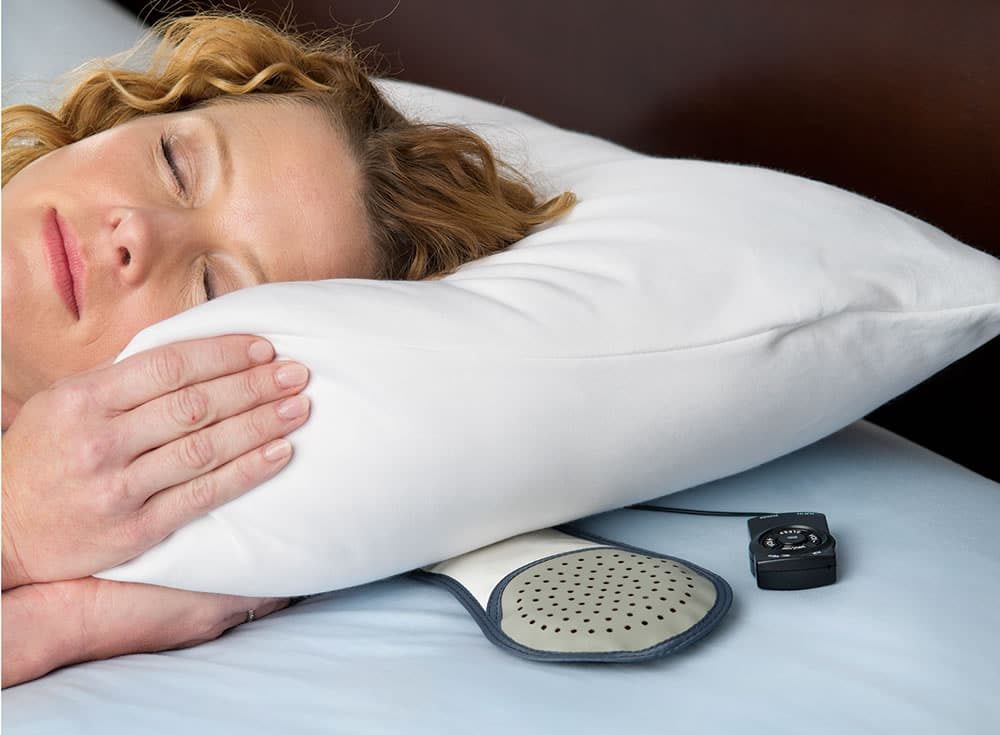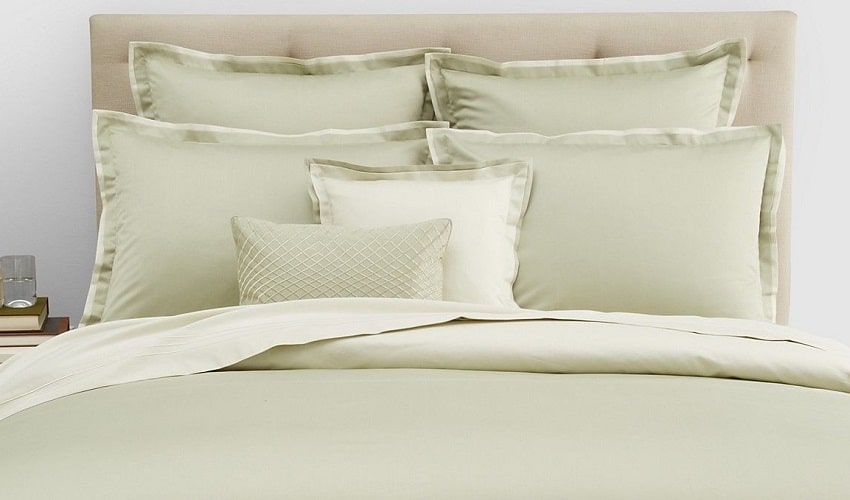

A common mistake when discussing bedding is that a duvet and a comforter are the same things. These two products have some similarities when it comes to their fluffiness and warmth, their internal fill, and when you can use them, which makes a lot of people think that they are interchangeable bedding options. This isn’t the case, though.
Duvets and comforters have several differences that are extremely important and may have you choosing one over the other when it comes to your bedding. When comparing duvet vs comforter options, it is necessary to look into specific features, like the price, care instructions, material used, and their size, just to name a few.
If you’re unsure whether a duvet or a comforter is right for you, don’t fret. We’ve done much of the work for you, breaking down these products to show you everything they have to offer, as well as what they lack, making your decision a bit easier.
A duvet Trusted Source Duvet - Wikipedia A duvet is a type of bedding consisting of a soft flat bag filled with either down, feathers, wool, cotton, silk, or a synthetic alternative, and is typically protected with a removable cover, analogous to a pillow and pillow case. en.wikipedia.org is a soft quilt that has been stuffed with a specific filling. Traditionally, the stuffing was down, but these days feathers, cotton, wool, or silk are also used to create the thick fill inside the fabric. They have a simple design, with white or off-white coloring to the outer duvet material, which seems a bit boring until you realize that a duvet is only part of the finished piece.
Duvets require a duvet cover, which protects it the same way a pillowcase protects a pillow. These covers come in several colors and patterns, so you can keep a few on hand to swap as you see fit.
The best thing about duvets is that they are easy to take care of. Though the covers may get dirty, the duvet itself stays relatively clean. The removable outer covers come in several color options, so you can choose whatever you like, even keeping a few in a linen closet to change them out whenever needed.
Duvets are also quite cheap since they have a simple design of outer material and internal fill. This does depend on the material used for the fill, so you can choose whichever you like to fit your budget.
Though a duvet is relatively cheap, there is the extra cost of the covers. The more of them you buy, the more expensive the final price will be. Not all duvets come with sheet sets, so this is also another addition to the cost.
The covers are also tricky to change when it comes time to wash them. It may even require an extra set of hands to get it done right. When you finally get the cover on, it may not stay in place after you sleep beneath it for a few nights. Some covers include internal clasps to keep them in place but this isn’t always the case, so expect some repositioning every few nights.
The difference between duvets and comforters is that a comforter Trusted Source Comforter - Wikipedia A comforter (in American English), also known as a doona in Australian English, or a continental quilt (or simply quilt) or duvet in British English, is a type of bedding made of two lengths of fabric or covering sewn together and filled with insulative materials for warmth, traditionally down or feathers, wool or cotton batting, silk, or polyester and other down alternative fibers. en.wikipedia.org has a sewn cover and inner filling of down, feathers, cotton batting, silk, wool, or polyester all in one piece. The outside is a soft, quilted blanket with insulating fill inside to keep you warm and cozy all night long. This means you don’t have to buy any extra covers before tossing it on your bed since it is already put together.
As we described above, comforters are all one piece, so you don’t need to buy extra covers for them. It comes in a wide variety of colors and patterns, so you can easily match it to your sheets. Many comforters are sold as part of a set, so you may not need to buy separate sheets sets unless you want to.
When comparing a duvet cover vs a comforter, the comforter does have some flaws to consider. They are more permanent than a duvet cover, which can be changed whenever you like. The larger size of the comforter makes storing it more difficult than a slimmer duvet cover, so you likely won’t keep more than a couple on hand.
A comforter may also wear out over time from nightly use. If you notice flat areas or tears, it may be time to replace it. If it’s part of a set, you’ll have to try to match the new comforter to the old sheets or replace the whole set if a match isn’t possible. Though many comforters are machine washable, some require dry cleaning, which is not only a hassle but also a more expensive option.
So, what is the difference between a duvet and a comforter, you may ask? It comes down to their make, style, ease of cleaning, and a few more features that we’ll break down below.
| Duvet | Comforter |
| Needs a cover | Cover built-in |
| Easy to clean (only cover needs washing) | Sometimes machine washable, may be dry clean only |
| Simple design (duvet itself) | Multiple color and patterns available |
| Easy to change style by swapping out the cover | Too bulky to keep multiple options on hand, so only 1-2 styles at a time |
| No top sheet necessary | A top sheet is needed |
| Hard to insert in cover and keep in place inside it | Easy to toss on bed |
| Usually sold on its own | Often sold as part of a set |
Now that you know what each item in the duvet vs down comforter debate has to offer, it’s time to consider which one is right for you. The following features may help you make this decision.
One of the most important things to consider is the price of the bedding you’re purchasing. When it comes to duvets and comforters, they are usually priced about the same, depending on the materials used. Down or silk will be more expensive than synthetic materials but you can stick with the cheaper fabrics if need be.
It’s the extras that add more to the cost of these items. Comforters often come in a bed-in-a-bag set, which reduces the cost while giving you all the sheets and pillowcases you need to fully make your bed.
Duvets are not so simple. Often they are sold on their own, so you need to purchase at least one duvet cover to use it. You also need to purchase sheets as well. There are a variety of soft, luxurious options available, including percale or microfiber sheet sets. The Peru Pima Percale sheets are a classic, organic product, ideal for making your duvet feel like those luxurious blankets at hotels. The Bare Home Fleece Sheet Set is another soft and cozy set, fitting nicely with any duvet, especially during those cold months. Regardless of which one you choose, you will be paying a bit more if you choose the duvet over the comforter.
Though both comforters and duvets are warm, the duvets usually have more plushness and loft, which makes them heavier. This adds warmth, especially after top and fitted sheets are added to your bed. You rarely need any extra blankets to keep warm on a cold night when snuggled beneath a duvet.
Though they still have a fair amount of filling inside them, comforters don’t have as much as a duvet, so they tend to be thinner, reducing the warmth they can offer. This is why they come in sets with fitted and top sheets. On those extra cold nights, you may even need to add an extra blanket or two to your bed to stay toasty warm.
Duvets have both good and bad qualities when it comes to maintenance. The covers are removable, making it easy to remove them to wash or change them. The inner duvet is protected from dust and dirt, thanks to the cover, so it requires little to no maintenance when properly cared for.
The issue arises when it’s time to put the cover back on the duvet. This isn’t an easy process, plus the duvet will shift around inside the cover during the night, needing adjustments now and then.
A comforter is all one piece so those adjustments aren’t needed. They are more difficult to wash, though. They are large and bulky, so you need a decent-sized washing machine to fit them in. Depending on the fabric, they may need to be dry cleaned instead, which isn’t very convenient, especially if you need it back right away.
When you compare duvet cover size vs comforter size, you’ll likely notice that the comforter is larger. They hang lower over the sides of the mattress, giving you more coverage than you would get with a duvet.
Though it is a common misconception that duvets and comforters are the same things, this is not the case. Some very specific differences may have you leaning towards one of these options as a favorite over the other. This depends on a few factors, like ease of use, maintenance, comfort, style, and price.
There is no right choice for everyone, it is all a matter of preference, so be sure to compare the duvet vs comforter features carefully before selecting one for the beds in your home. This will ensure that you’re getting the right one for those using it, giving them the warmth and style they are looking for in their bedding.





